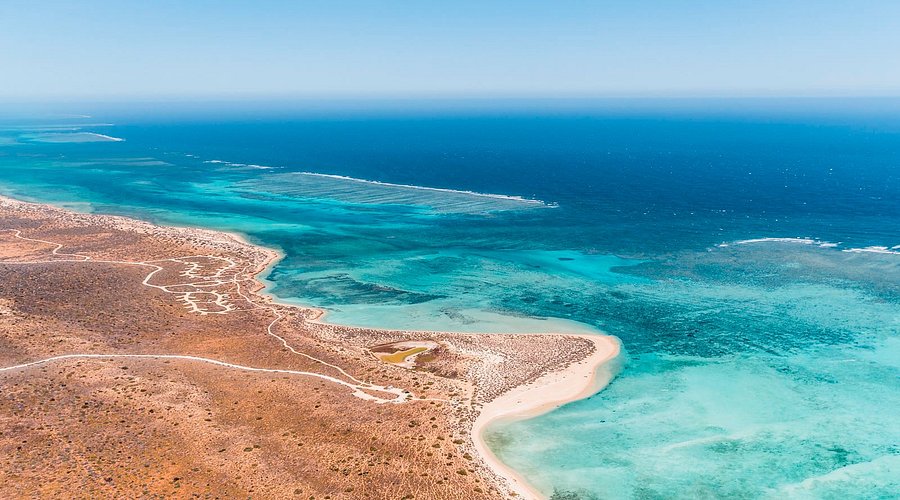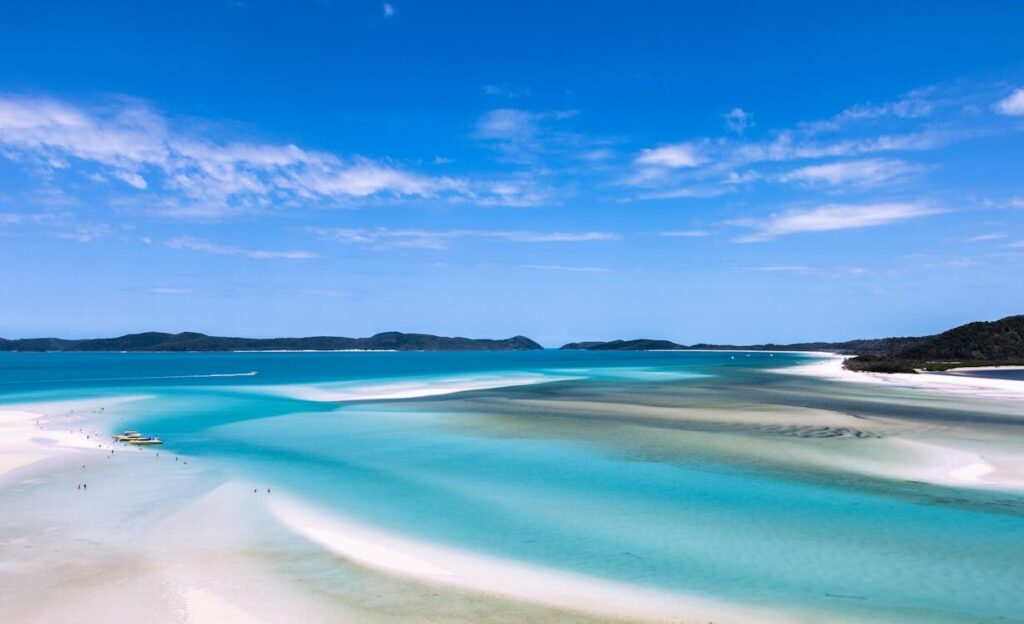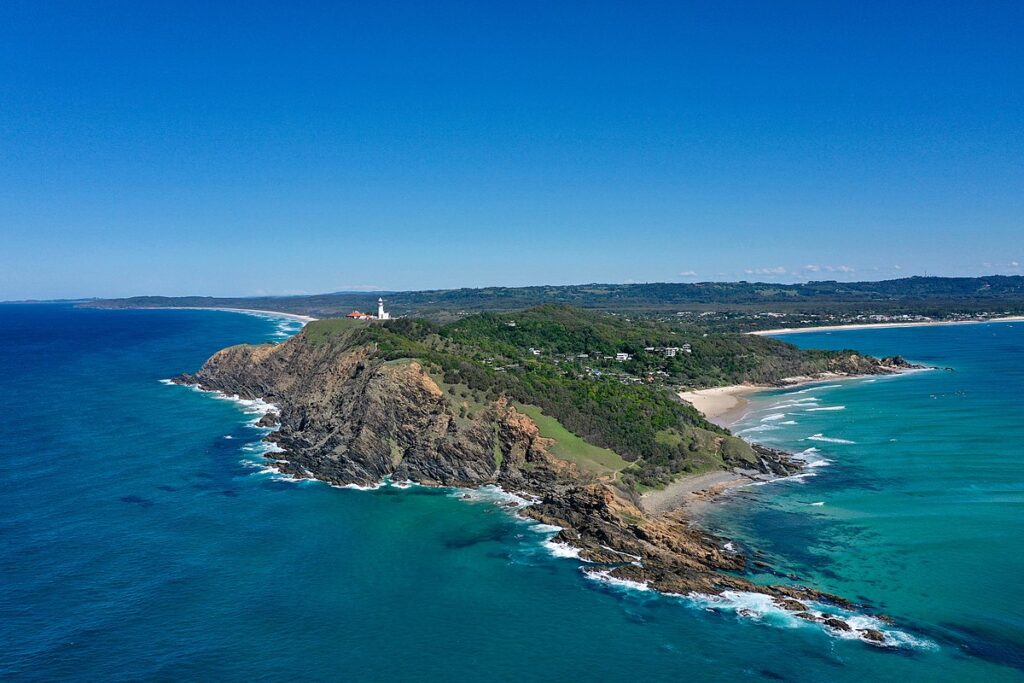Australia is home to some of the most extraordinary marine encounters on Earth, and snorkeling with sea turtles ranks high among them. From the Great Barrier Reef to Ningaloo and the Whitsundays, these gentle creatures can be found gliding effortlessly through crystal-clear waters year-round. This comprehensive guide will help you plan the perfect turtle snorkeling adventure in Australia — where to go, what to expect, and how to make your trip safe, sustainable, and truly memorable.
Why Australia Is a Top Destination for Turtle Snorkeling
Australia’s extensive coastline and coral ecosystems make it one of the best countries in the world to observe marine turtles in their natural habitat. Six of the world’s seven sea turtle species are found here, including green, loggerhead, hawksbill, olive ridley, flatback, and leatherback turtles.
Unlike many destinations where turtle sightings are seasonal, Australia offers opportunities throughout the year thanks to its warm waters and protected marine reserves.
Turtle encounters are most common:
- On shallow reef flats and coral gardens
- Near nesting beaches during breeding season (November–March)
- At cleaning stations where turtles are groomed by reef fish
Top Turtle Snorkeling Spots in Australia
1. Great Barrier Reef (Queensland)

Best for: Abundant coral gardens and consistent turtle sightings
The Great Barrier Reef is Australia’s most iconic marine ecosystem and one of the best places in the world to snorkel with turtles. Green and hawksbill turtles are frequently seen at reefs near Cairns, Port Douglas, and Lady Elliot Island.
Best locations:
- Lady Elliot Island: Known as “the home of the manta ray,” but also hosts hundreds of resident turtles.
- Green Island and Fitzroy Island: Easily accessible from Cairns by ferry (45–60 minutes).
- Heron Island: A turtle nesting hotspot where guests can watch hatchlings emerge between January and April.
Practical info:
Snorkeling tours from Cairns or Airlie Beach typically cost AUD 120–250 per person and include equipment, marine park fees, and lunch. Early morning departures (7–8 a.m.) provide calmer waters and better visibility.
2. Ningaloo Reef (Western Australia)

- Best for: Swimming with turtles and whale sharks in the wild.
Stretching over 260 km along Western Australia’s coast, Ningaloo Reef is a UNESCO World Heritage Site famous for its close-to-shore marine life. Green and loggerhead turtles are easily spotted at Turquoise Bay, Lakeside, and Oyster Stacks.
When to visit:
- Turtle nesting: November–March
- Hatchling season: February–April
- Best snorkeling conditions: March–August
Tours & access:
From Exmouth or Coral Bay, full-day tours start around AUD 180–220. Many operators offer “Turtle Eco Tours” that focus on conservation and responsible wildlife interaction.
Pro tip:
Choose early-morning tours (before 10 a.m.) for higher turtle activity and fewer crowds. Bring a rash guard instead of sunscreen to avoid reef damage.
3. The Whitsundays (Queensland)

Best for: Calm conditions and scenic island snorkeling
The Whitsunday Islands, located inside the Great Barrier Reef Marine Park, offer sheltered bays ideal for beginners.
Langford Island, Mantaray Bay (Hook Island), and Blue Pearl Bay (Hayman Island) are among the top snorkeling locations for spotting green and hawksbill turtles.
Tours:
Half-day tours start at AUD 120, while full-day reef trips range from AUD 200–300. Catamaran cruises often include multiple snorkeling stops, beach access, and equipment rental.
Getting there:
Access via Airlie Beach, with daily ferry connections and guided tour departures.
4. Mon Repos Conservation Park (Bundaberg, Queensland)
Best for: Turtle nesting and hatchling tours
Mon Repos is one of Australia’s most important nesting sites for loggerhead turtles. From November to March, guided night tours allow visitors to witness nesting females or hatchlings heading to the sea.
Important:
Snorkeling here is limited, but the beach and educational center provide incredible insights into turtle conservation. Combine your visit with nearby Lady Musgrave Island for snorkeling opportunities.
5. Byron Bay (New South Wales)

Best for: Accessible snorkeling and diverse marine life
Julian Rocks Marine Reserve in Byron Bay is a hotspot for turtles, rays, and tropical fish. Green and loggerhead turtles are most common, especially during summer (December–March).
Access:
Snorkel tours from Byron Bay depart daily (weather permitting) and cost around AUD 110–150, including all gear. Visibility averages 10–20 meters.
Best Time of Year for Turtle Snorkeling in Australia
- November–April: Turtle nesting and hatching season along most of the Queensland and Western Australia coast.
- May–October: Cooler weather with excellent visibility, especially at Ningaloo and the Whitsundays.
- Year-round: Resident turtles can be seen throughout the Great Barrier Reef and Byron Bay.
If you want to witness nesting or hatchlings, plan between December and March, but note that some beaches restrict access to protect the turtles.
What to Bring
- Snorkel set (or rent from your tour operator)
- Reef-safe sunscreen or rash guard
- Water shoes or fins
- Underwater camera (GoPro-style recommended)
- Reusable water bottle
- Lightweight towel and dry bag
Tip: Many eco-certified tours provide anti-fog mask treatment and flotation vests — perfect for beginners.
Safety and Responsible Snorkeling Tips
- Keep a respectful distance: Stay at least 3 meters from turtles. Never touch or chase them.
- Avoid flash photography: It can disturb nesting or resting turtles.
- Choose eco-certified operators: Look for Advanced Ecotourism Certification or Reef Guardian partnerships.
- Be aware of currents: Always follow your guide’s instructions and stay within marked zones.
- Support conservation: Consider donating to organizations like the Great Barrier Reef Foundation or TurtleWatch WA.
Turtle snorkeling in Australia is one of the most rewarding marine experiences you can have — serene, sustainable, and educational. Whether you choose the world-famous Great Barrier Reef or the quieter shores of Ningaloo, you’ll be rewarded with unforgettable encounters and a deeper appreciation for marine conservation.